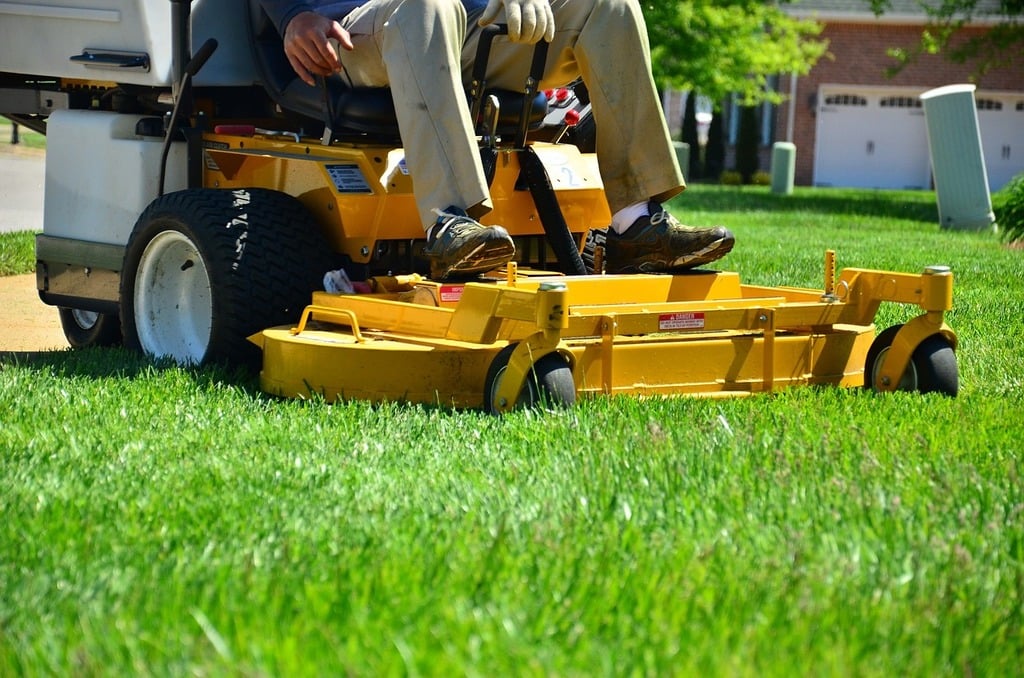Lawn Maintenance
- Description
- Curriculum

The primary goal of the Lawn Maintenance course is to give you a basic understanding of the Industry lawn care process. This is a prerequisite course for any CTDL Certifications.
Core Competencies
- Understanding MFS Terminology and reporting upon such;
- Permorming lawn maintenance and properly documenting such;
- Performing Real Time Assessments and shielding Client liability;
- Properly documenting photographic history based upon unique Client needs; and
- Chronicling health and safety issues, progress, and winterization tasks
What is the target audience?
- This is an Apprentice level Module
- The Work Order Module is a prerequisite
- This Module is a prerequisite for all Inspector Journeyman and Master Certifications
The skillsets required for completion are fundamentally based upon a high school diploma or a GED equivalent. Proficiency in the English language are mandatory. Familiarity with a Windows based desktop computer system combined with the ability to operate a smartphone are required. Attention to detail is a core component of successfully completing the Work Order course.
-
1Industry Lawn Maintenance
🎯 Learning Objectives:
By the end of this module, learners will be able to:
-
Understand how lawn maintenance in the field differs from standard residential care.
-
Distinguish between Initial Grass Cuts (IGCs) and Routine Grass Cuts (RGCs).
-
Identify the right equipment for various lawn types and terrain.
-
Document grass height and justify bids appropriately.
-
Avoid unprofitable work through proper bidding strategies.
-
-
2Perimeter Grass Cut
One of my older videos on basic perimeter grass cuts on a foreclosed asset.
-
3Overview of Lawn Mowers
🎯 Learning Objectives:
By the end of this module, learners will be able to:
-
Identify the main components of a manual push mower.
-
Understand the advanced features of zero turn mowers.
-
Compare both mower types for field suitability.
-
Choose the right equipment for different lawn maintenance tasks.
-
-
4Overview of Blowers and Weed Eaters
🎯 Learning Objectives:
By the end of this module, you will be able to:
-
Identify the main components of gas and battery-powered weed eaters and blowers.
-
Understand the operational differences between power sources.
-
Choose the right tool based on job scope and jurisdiction.
- Recognize the pros and cons of each type for field use.
-
-
5Power Equipment Safety
🎯 Learning Objectives:
By the end of this module, you will be able to:
-
Follow industry-standard safety practices for all types of lawn equipment.
-
Identify specific safety considerations for gas-powered and battery-powered tools.
-
Handle fuel and oil responsibly to avoid injury and environmental harm.
-
Protect yourself, others, and the asset while performing work.
-
-
6Incline Safety
Basic video on incline safety while mowing.
-
7Lawn Maintenance SafetyLawn Safety Quiz
-
8Lawn Maintenance
🎯 Learning Objectives:
By the end of this module, you will be able to:
-
Safely and effectively perform all aspects of lawn maintenance in accordance with industry and client standards.
-
Follow correct procedures for grass cutting, weed eating, blowing clippings, and hedge trimming.
-
Properly document work with required photos and bids.
-
Apply seasonal awareness and scope-based decision-making.
-
-
9Standard Lawn CareLawn Care Quiz
-
10The Costs of Lawn Maintenance
🎯 Learning Objective:
Field Service Technicians will develop an informed, confident approach to lawn maintenance bidding using industry-accepted cost structures and operational realities. By the end of this module, learners will:
-
Understand the difference between Initial Grass Cuts (IGC) and Routine Grass Cuts (RGC)
-
Learn to calculate true job costs and factor those into a fair bid
-
Recognize and defend against profit-eroding client strategies
-
Reference and leverage HUD, Fannie Mae, and Freddie Mac pricing benchmarks
-
-
11Lawn Maintenance BiddingBidding Quiz




